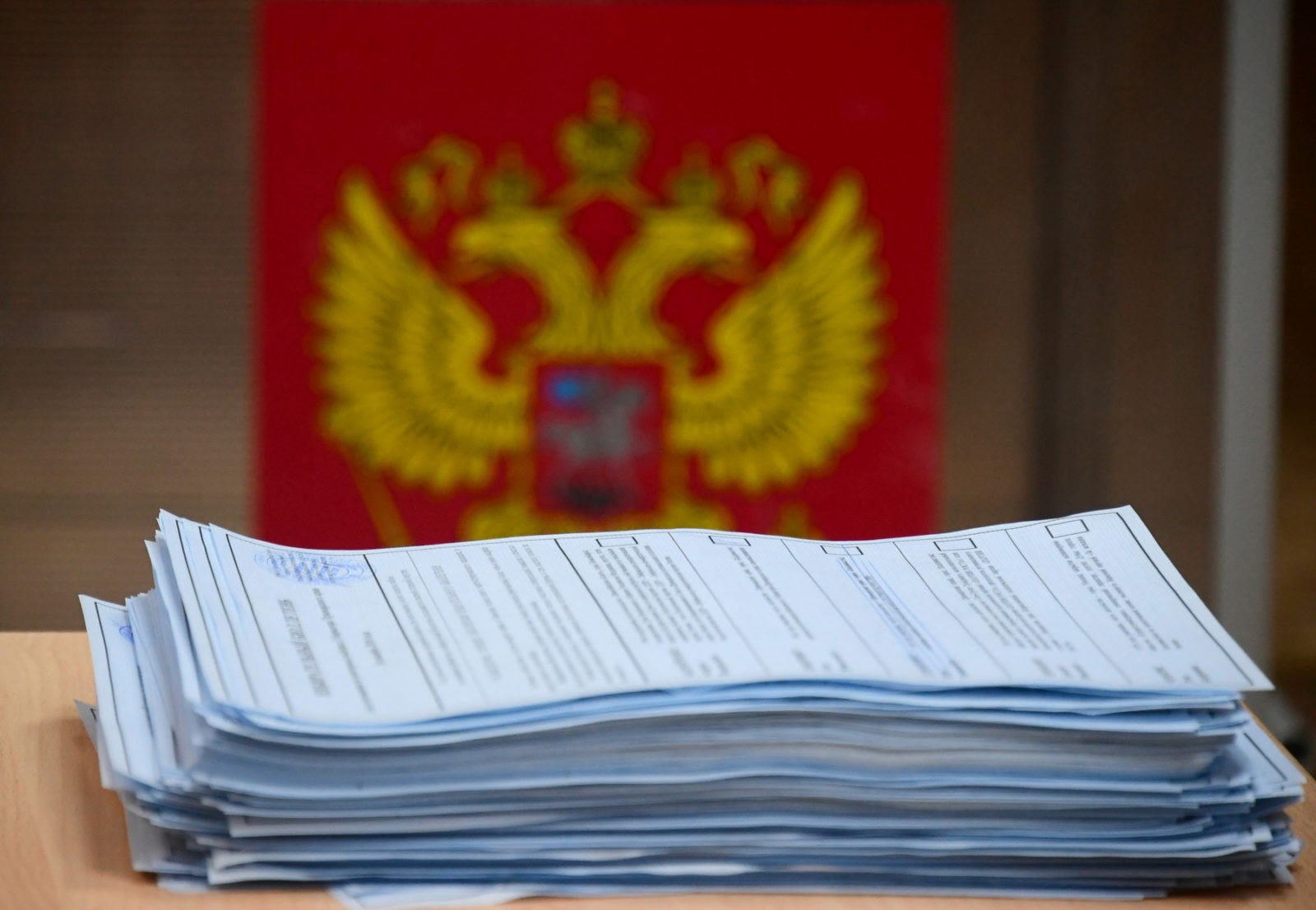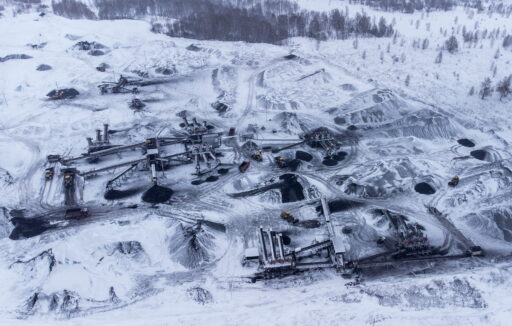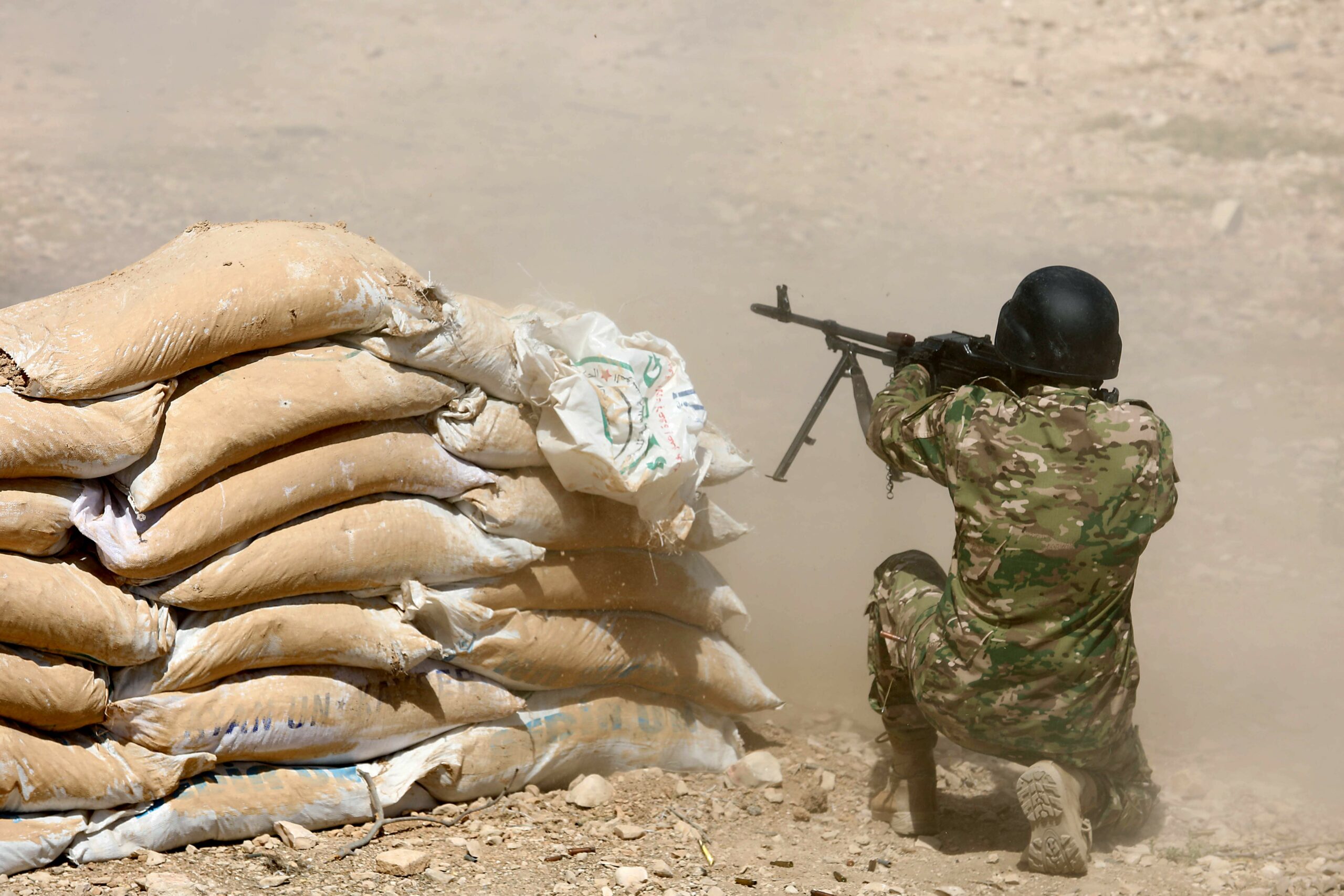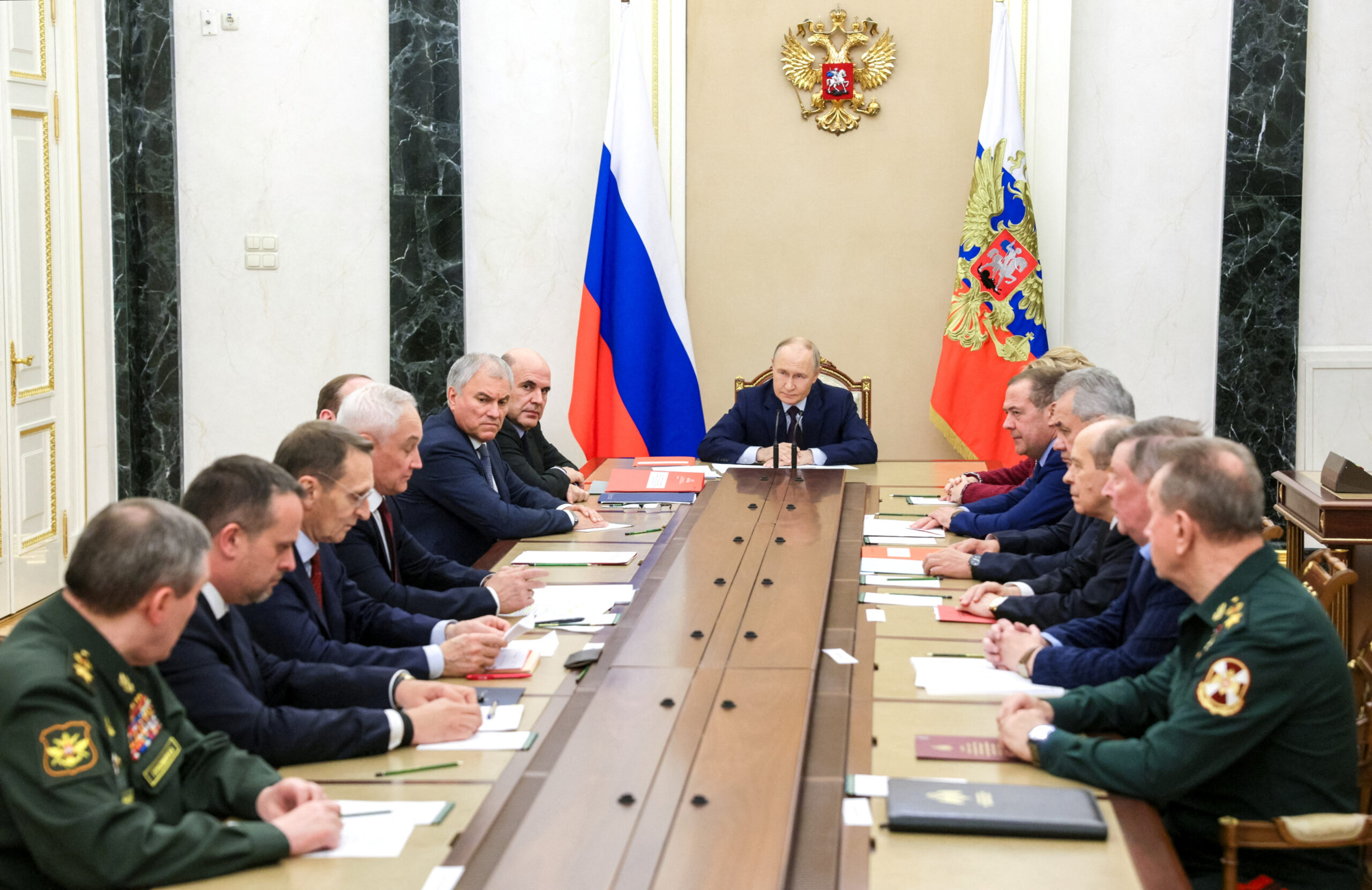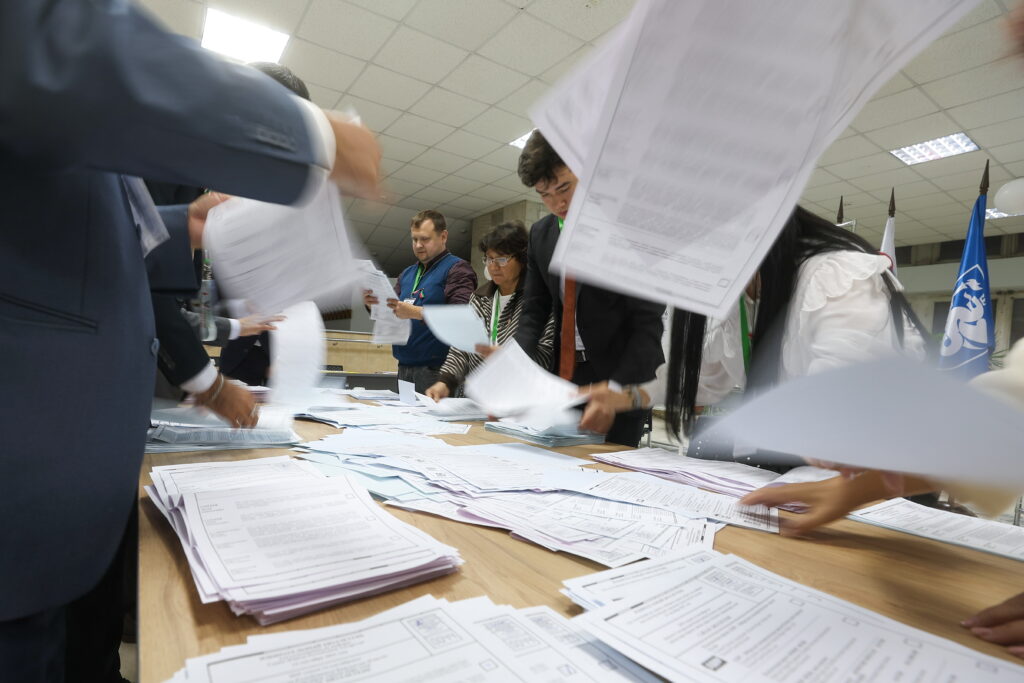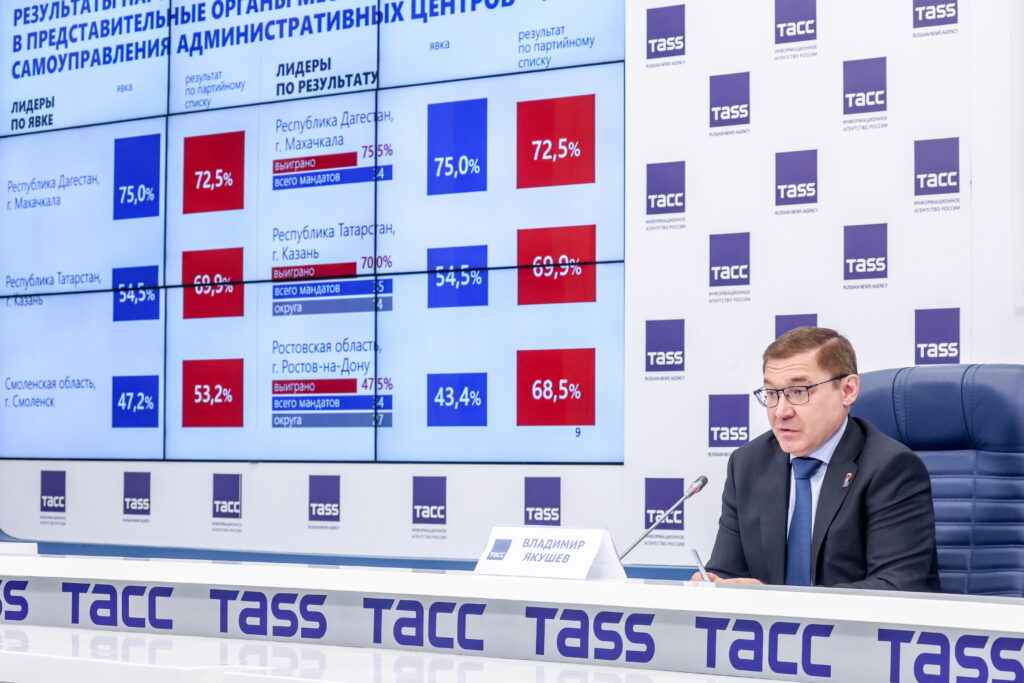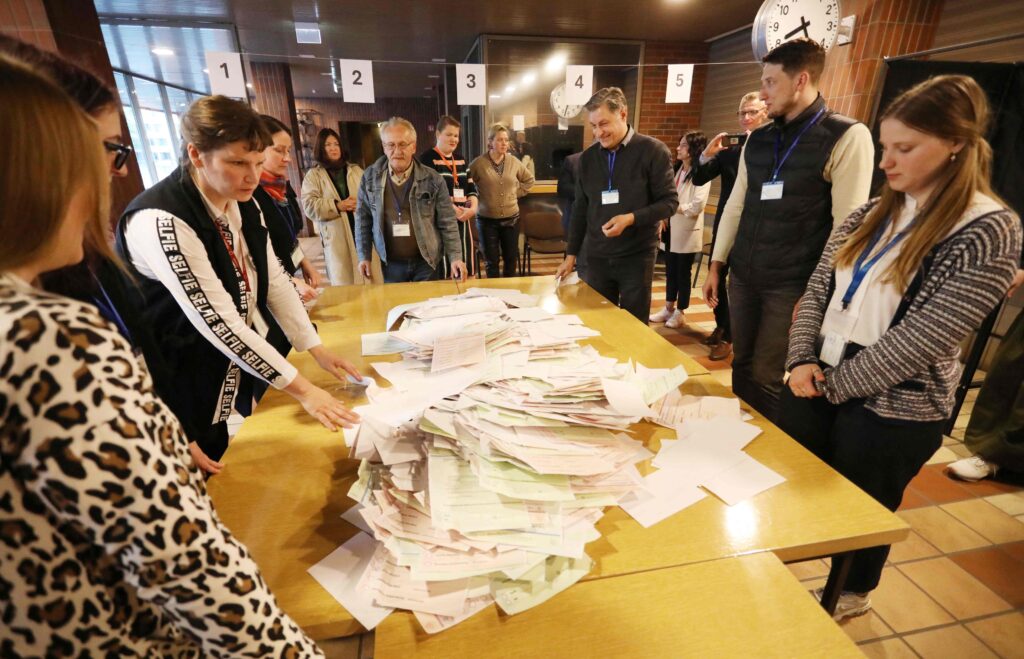Voting technologies are often endowed with supernatural qualities in countries with a short history of democracy or countries that have recently experienced a political crisis. New technologies are believed to make the electoral process fairer, more transparent and controllable. The lack of confidence in the election commission is compensated for by a faith in the impartiality of technology. When these high expectations are not met, the credibility of the institution of elections is undermined even more, which often leads to electoral violence.
In mid-December, the ‘Golos’ organisation published a report which revealed ‘vote-tally fraud at polling stations equipped with an optical scan voting system KOIB-2010’. Surprisingly, some experts believed that electronic voting systems were strong safeguards against electoral fraud. This is yet another example that voting technologies do not solve the problem of vote rigging.
Trustworthy technologies?
What is the reason for such confidence in voting technologies? These are developed, customised and used by the same commission which is notorious for electoral fraud.
In fairness, technology can bring more transparency to the electoral process: cameras installed at polling stations allow the monitoring of the voting process in real time; the publication of voting results on the official website of the election commission allows the monitoring of deadlines and, in turn, allowed ‘Golos’ to suspect fraud, among others.
However, many participants of the electoral process — including experts and members of election commissions — can get confused by a voting system’s complexity. The use of complex voting technologies only exacerbates the problem since only a few can really understand the way they work. That is why the Constitutional Court of Germany banned the use of electronic voting machines. At least until such time where one appears whose work can be verified — even by ordinary citizens without specialist knowledge.
A similar situation was observed in the case of optical scan voting systems used in Primorye. Post-election discussions revealed that neither voters, observers nor experts fully understood the way optical scan voting systems operated. They did not know what to look for when observing elections or what the potential vulnerabilities were.
For security reasons, many countries provide access to electronic voting and tallying systems only to a narrow circle of experts and auditors. All other parties interested in identifying technology’s vulnerabilities often have to restore the software code themselves. Or they need to search for the source code by hook or by crook, as happened in the case of optical scan voting systems in Russia.
In 2013, a group of programmers managed to find the source codes of optical scan voting machines used during the election of the mayor of Moscow on a public procurement website. The main conclusion drawn following analysis of the code: ‘electronic ballot boxes are as susceptible to fraud as traditional ones’. Yet, this discovery was ignored by most media outlets.
In general, the involvement of hackers and the wider expert community in the analysis of technologies used in public administration along with the publication of the code constitutes good practice in many countries with developed e-governments. Also, it is often a must, since the state itself is not able to verify all the vulnerabilities.
The example of the Netherlands is indicative here. Both the government and developers (Nedap technology company) guaranteed 100% protection against fraud via voting machine used during various elections. However, hackers who accessed the computers clearly demonstrated that it was not too difficult to re-program that model and make it play chess instead of tallying votes. Electronic voting machines are no longer used in the Netherlands.
Besides, it was revealed at a recent hacking conference on voting technologies in the US that, while the focus of attention is on voting machines, websites of election commissions pose a far greater risk since large amounts of information available on the internet 24/7 is stored there.
Then again, voting technologies permit verification unavailable in the case of paper ballots. Thus, certain systems for online voting allow voters to verify whether their ballot was read and counted the way a voter expects. This level of verification is often unavailable in the case of paper ballots since when the ballot falls into the ballot box, its fate is unknown. It can only be verified if there is a distinctive mark on the ballot paper. For example, a drawing but then there is a risk that the ballot will be declared invalid. Or in the case that each ballot paper bears a unique serial number. This system is used in several countries including Nigeria and the UK)
Verifying the results of an optical scan voting system are simple. Unlike electronic voting systems, optical scan voting systems keep paper ballots. In this case, to verify the results, it is enough to tally paper ballots manually. Then, compare the results calculated by the optical scan voting system. Under Russian electoral legislation, in the case of electronic vote tabulation, a precinct’s election commission can decide to manually tally votes, should the ‘specified control ratios not be met’.
In the polling station in Primorye equipped with optical scan voting systems, the number of valid ballot papers rarely exceeds 1,000. It is not difficult to tally these ballots manually. Besides, this is not the first time that voters have demanded the manual recount of votes tallied by voting machines in Russia. This was the case in Karelia in 2017 and during the mayoral election in Moscow in 2013.
Are optical scan voting systems necessary?
Electronic vote counting (using optical scan voting systems, among others) is to tally results faster. This automation is to minimise the impact of the human factor and reduce personnel costs.
But in practice, electronic vote counting does not speed things up in most cases. Nor does it reduce procedural costs. Countries with large polling stations (India) or countries with complex electoral systems (for example, systems under which a voter can choose more than one candidate or systems of preferential voting) are an exception. In such cases, manual vote counts are very cumbersome and result in many errors.
In other cases, the electronic tallying of votes often actually complicates and slows down the process. Results at polling stations with automated vote counters ironically appear much later. This happened in Scotland in 2007, when e-counting caused significant delays as 140 thousand votes had not been counted at all.
Why does it happen? Despite obvious failures and problems with the device itself, one of the reasons for delays is the unpreparedness of election commissions for the use of complex technologies.
It should be borne in mind that the payback period for electronic vote counting technologies is usually quite long. The introduction of technologies in the electoral process requires significant upfront investment. The development or procurement of technology often far exceeds staff costs for manual counting. In most cases, the return on investment comes only after a few electoral cycles. Moreover, voting technologies need constant upgrading and improvements, which generates more costs. To ensure optimal budgetary spending, once introduced, voting technologies should be used in as many elections as possible.
At the same time, polling stations in Russia are not very large. According to the law, no more than 3,000 voters can register at one polling station. The central election commission (CEC) has repeatedly mentioned the planned reform which will bring about the further downsizing of polling stations to 1,000 or 500 voters. According to the CEC, this will help avoid technical errors and will reduce the workload of election commission members. Given Russia’s low voter turnout, the cost-effectiveness of using optical scan voting systems at such small polling stations is doubtful.
The use of technologies in the electoral process is inevitable. An absolute majority of countries use different technologies at different stages of the electoral cycle. These may include the online registration of a candidates’ list, electronic vote counting or an online voting system. The use of technologies can make the electoral process fairer, more transparent and controllable. But only if these technologies are controlled by society; and only if their use is transparent and understandable while their cost-effectiveness including the ROI is proven.
Technologies as such do not solve the problem of electoral fraud and do not lead to democratisation. Technologies function as a ‘flavour intensifier’ which can enhance both democratic or authoritarian tendencies. Thus, the use of the same technology in different countries may bring about very different results.
